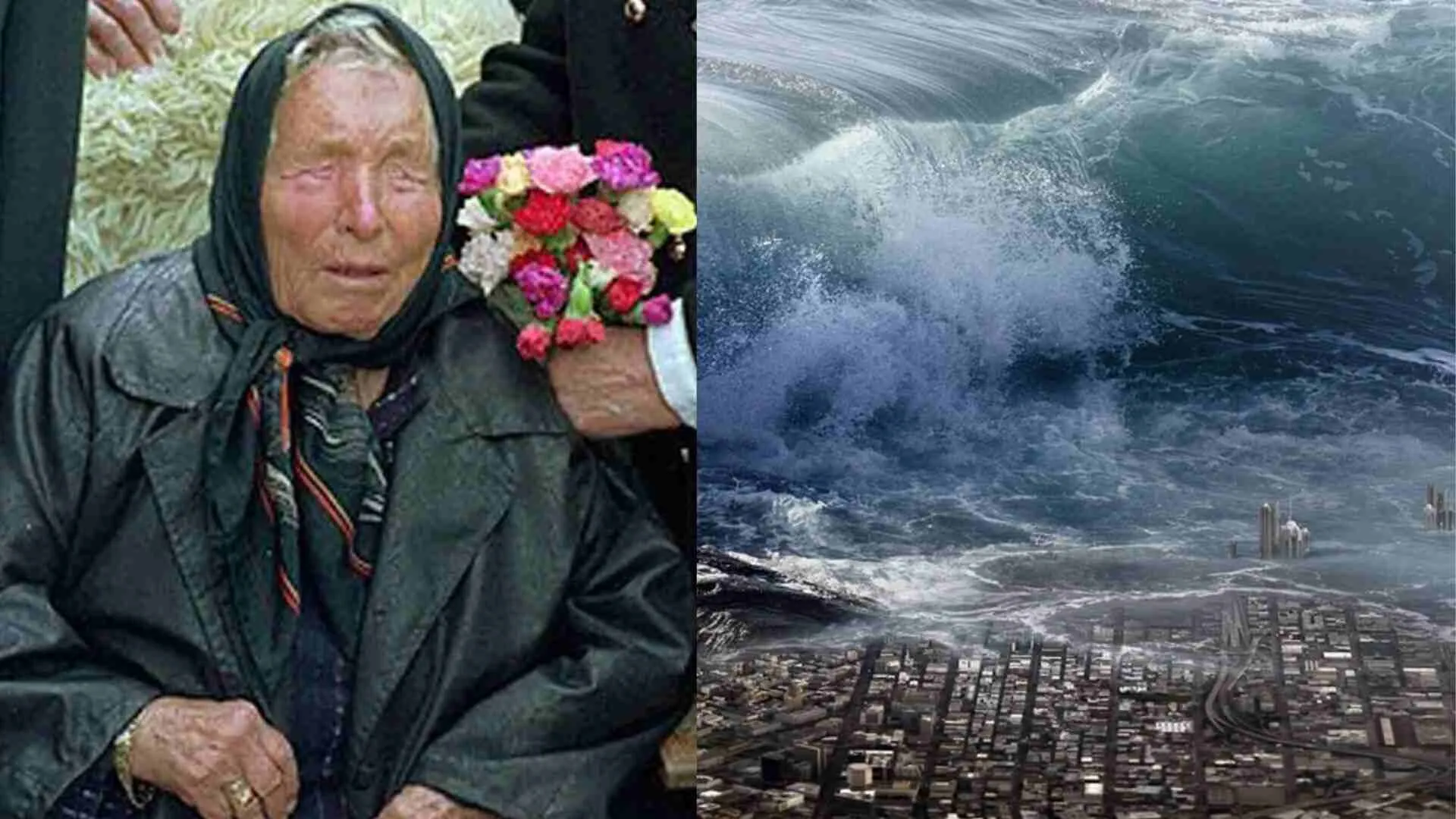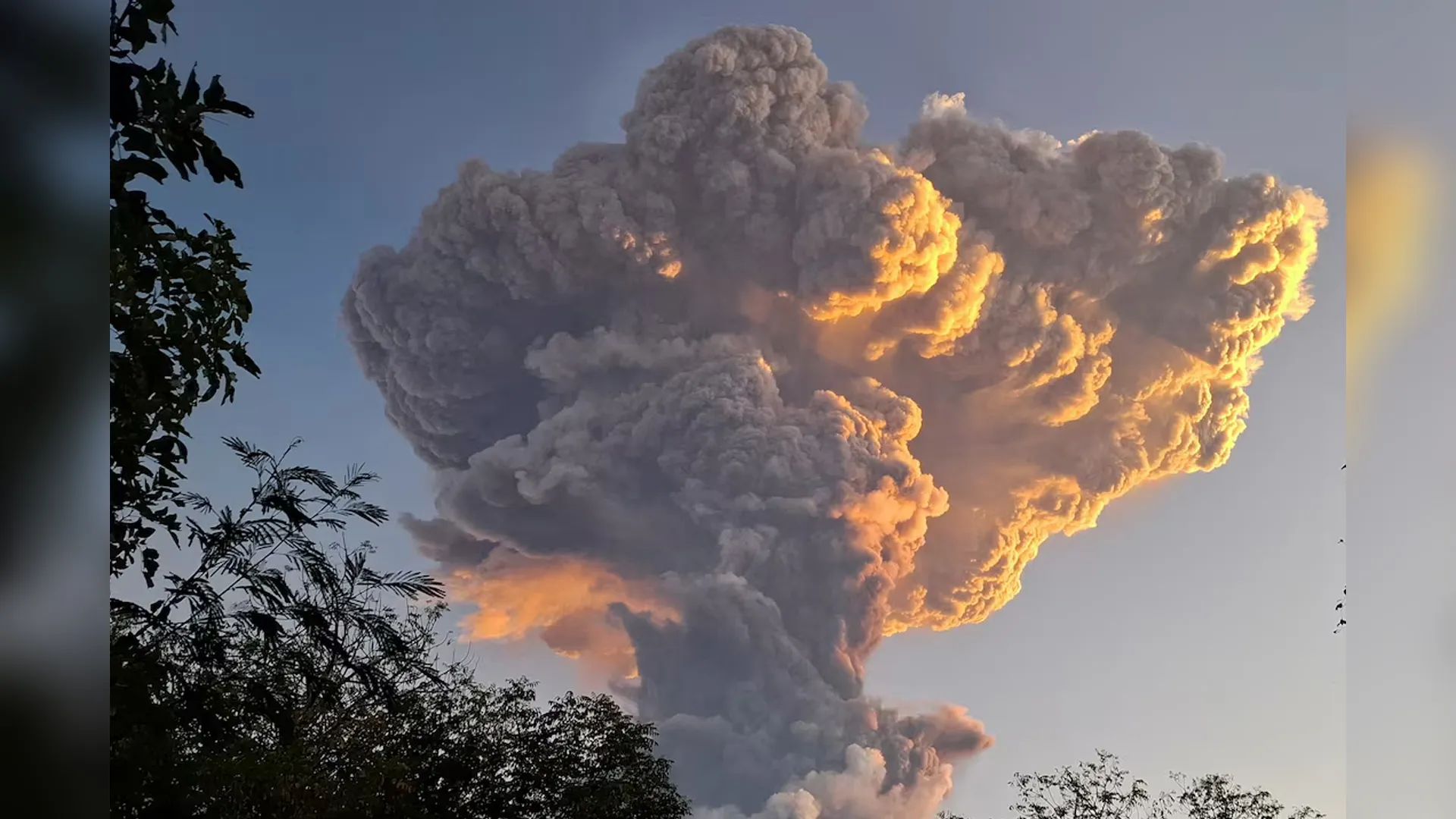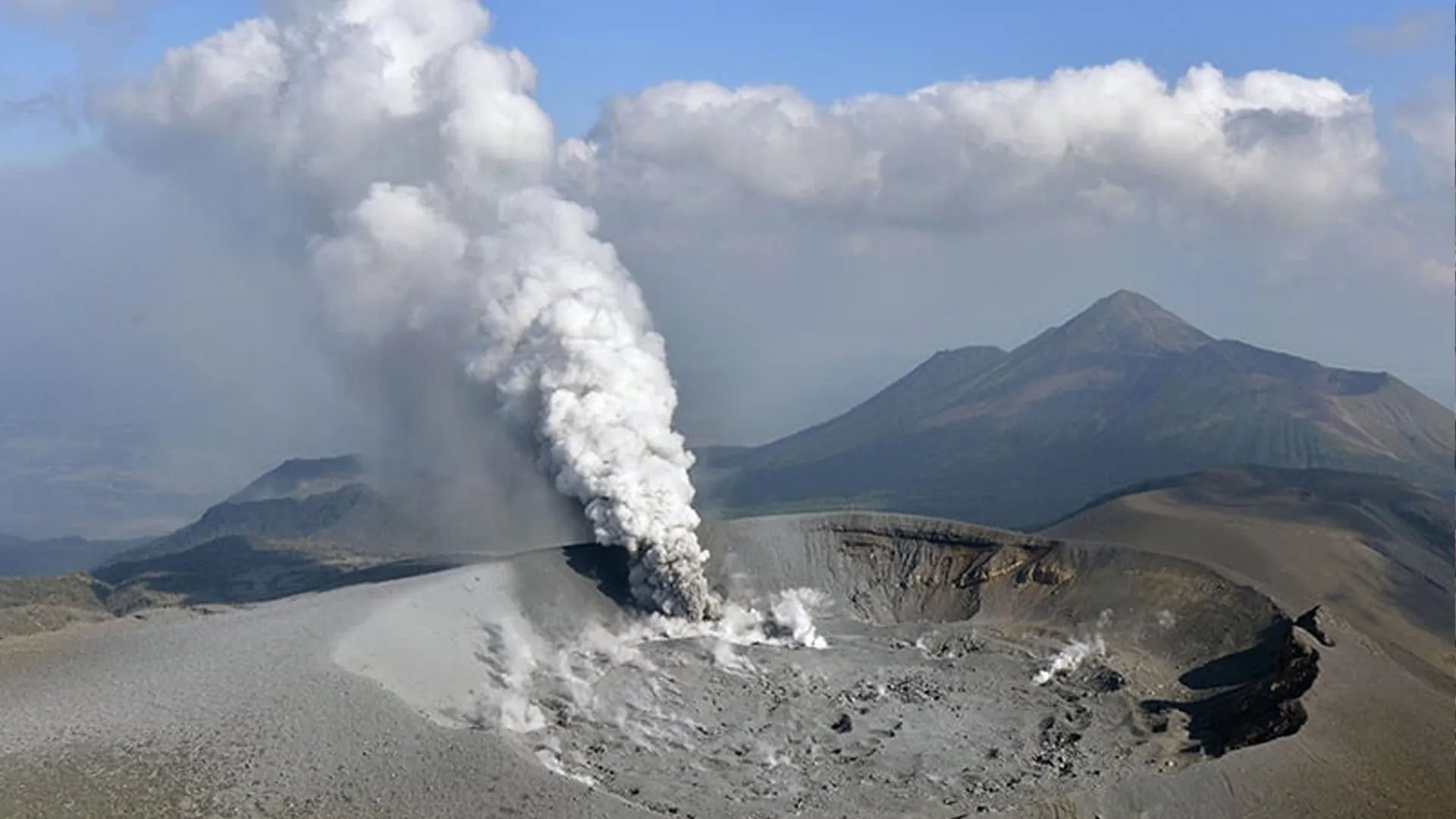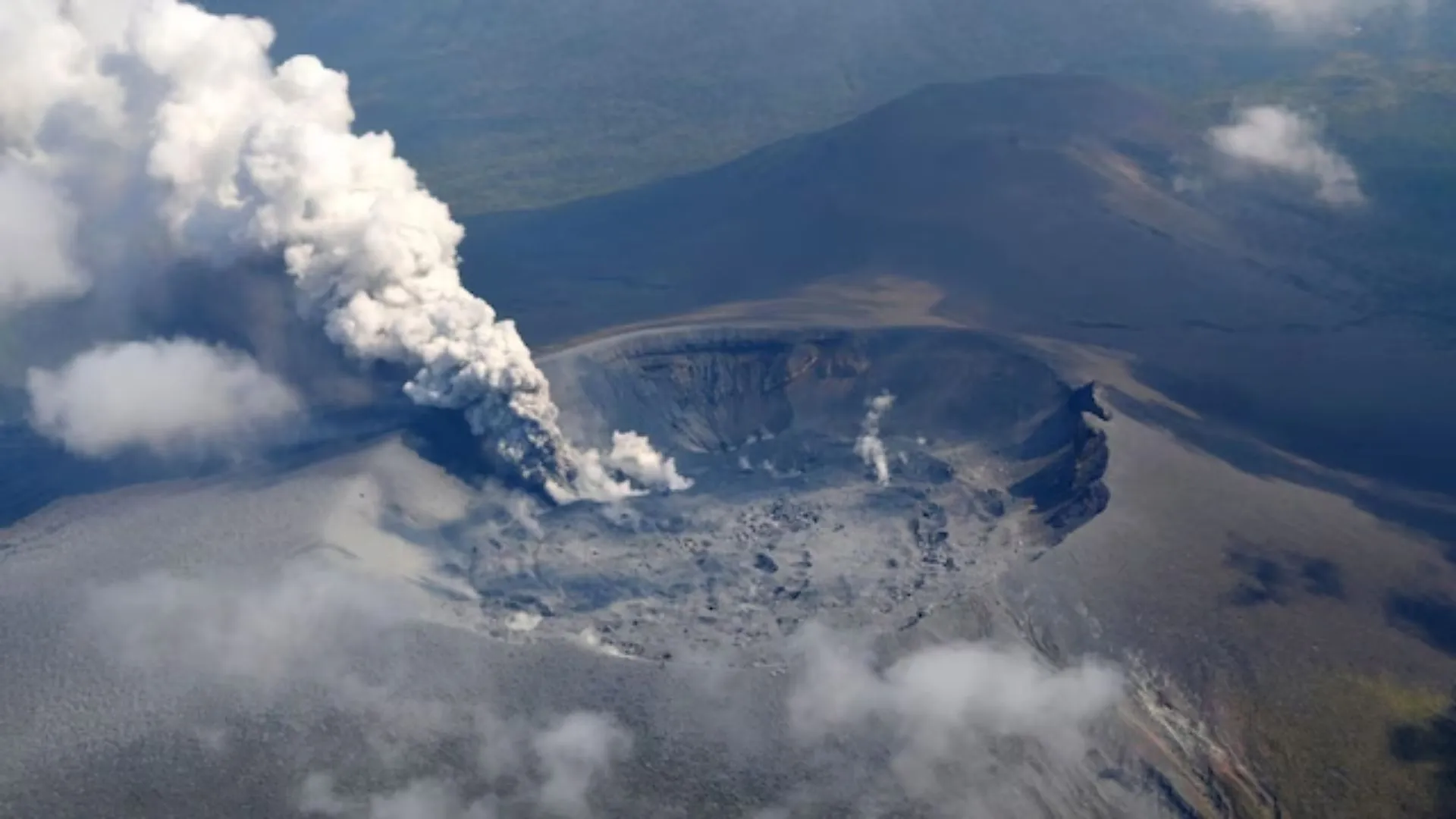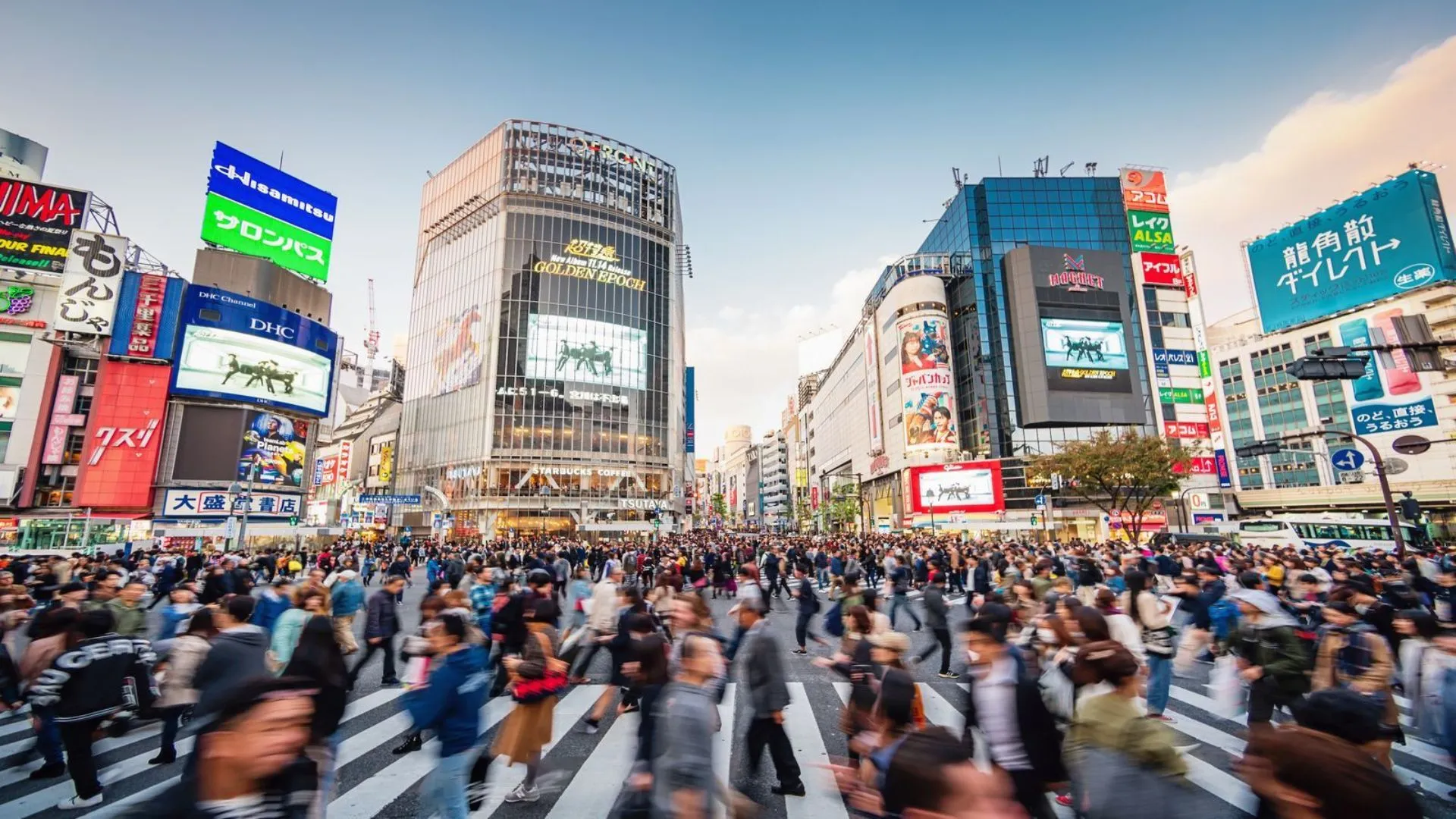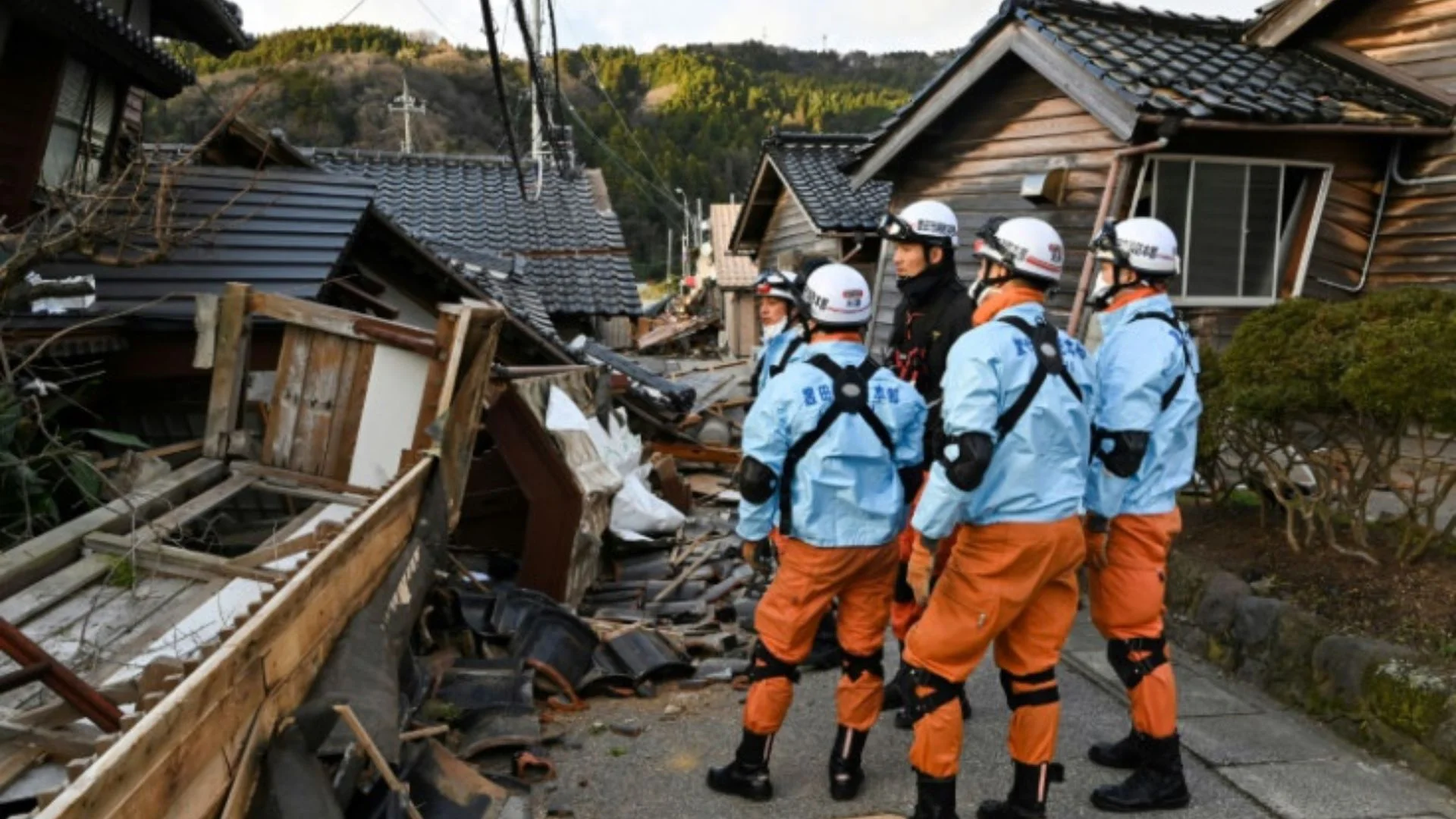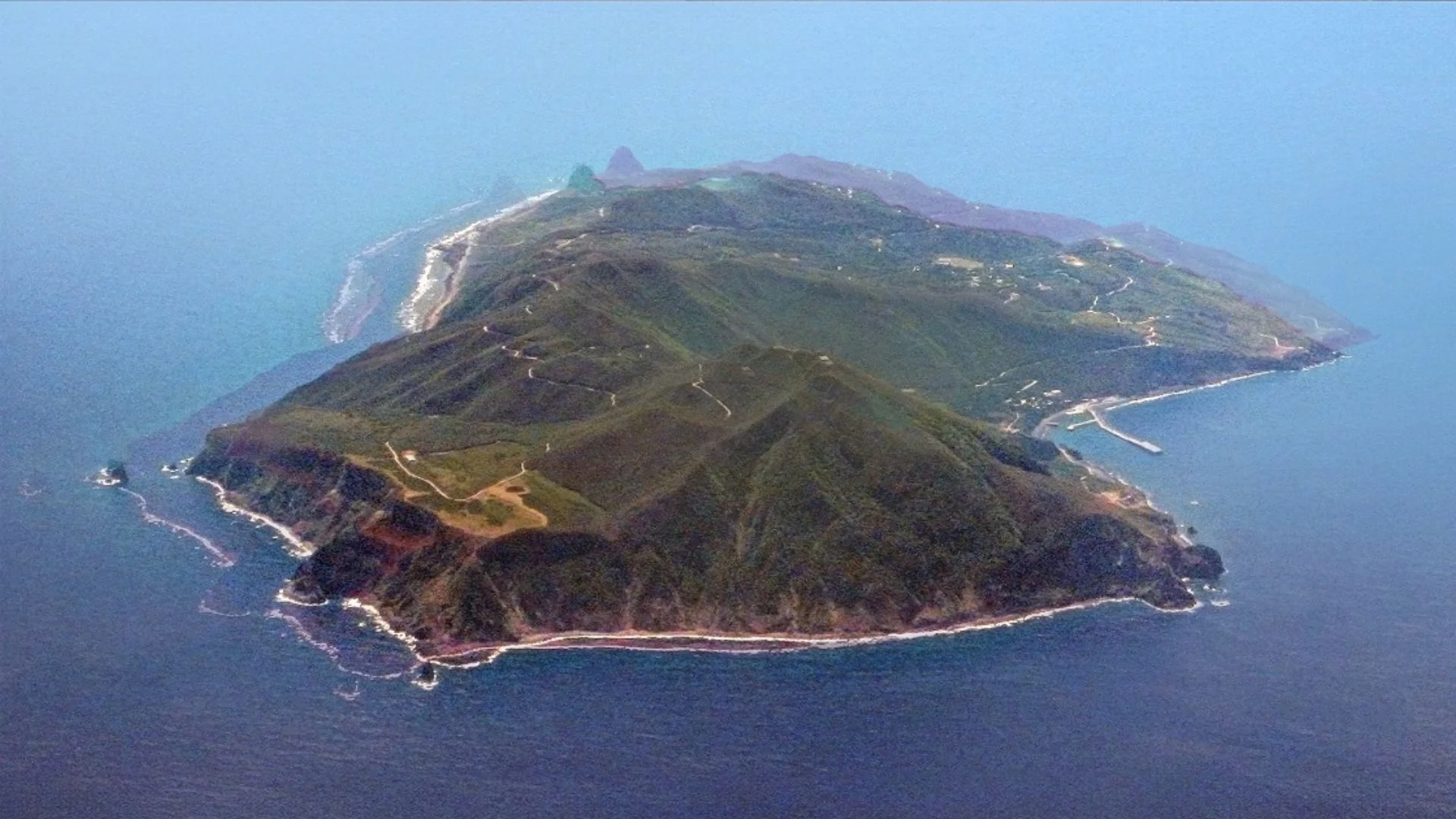Over the years, Baba Vanga and Nostradamus’s prophecies have fascinated people all over the world, particularly when their forecasts have come strikingly close to actual events in the world. Today, an equal amount of attention is focused on Japan’s enigmatic painter and seer, Ryo Tatsuki also commonly referred to as ‘Japan’s Baba Vanga’ whose recent prediction has set serious alarm ringing.
Chilling Forecast for 2025
Baba Vanga has made a dire prediction: in July 2025, the world could see an unprecedented natural disaster, a gigantic tsunami, said to be three times bigger than the one that hit Japan in 2011. The disastrous event, she says, will not only affect Japan but could also hit the Philippines, Taiwan, Indonesia, and even India, similar to the destruction caused by the 2004 Indian Ocean tsunami that ravaged India’s southern states.
Why Ryo Tatsuki’s Predictions Matter
Unlike unsubstantiated end-of-the-world conspiracy theories, Ryo’s prophecies are believed due to her high success rate in the past. In her diary written in 1995, she strangely predicted that a mysterious virus would strike 25 years later, in 2020. She said it would peak in April, diminish, and then return again a decade later. Her prediction was again brought to the limelight with the outbreak of the COVID-19 virus pandemic, proving her previous assertions correct.
Her record does not stop there. In 1991, Ryo predicted the demise of Queen legend Freddie Mercury, who later died that same year due to AIDS. She also had a vision in 1995 which foretold menacingly of the Kobe earthquake, which claimed more than 6,000 lives. More sinister was a vision in 1992 where she saw a woman’s face and the words ‘Diana? Died?”‘ scripted below it—five years before Princess Diana’s fatal accident in 1997.
The Broader Impact of Tsunamis
Tsunamis are not just giant waves; they are catastrophic crises that cause mass destruction, disease, displacement, and psychological trauma. Thousands can develop injuries, infections, mental illnesses, and waterborne diseases after such catastrophes. For this reason, governments need to take this warning seriously.
Is India Vulnerable?
While the forecast is focused on Japan, the danger is not geographically confined. The 2004 tsunami, which was caused by an earthquake beneath the sea off Indonesia, caused extensive damage along India’s coastlines. In light of this, experts opine that India and other coastal countries need to be on their guard.
Proactive Preparedness and Key Measures
If the world wishes to avoid being taken by surprise, immediate and strategic preparation is the need of the hour. Some key measures that countries need to adopt are as follows:
- Public Education and Drills: Informing citizens of evacuation procedures and first aid can significantly enhance survival rates.
- Early Warning Systems: Install and keep in good working condition effective tsunami sensors and coastal sirens for early warning.
- Emergency Supplies: Preposition necessary items such as food, clean water, blankets, and medical kits in exposed locations.
- Healthcare Infrastructure Resilience: Coastal hospitals need to be tsunami-proof and equipped with emergency supplies.
- Mobile Medical Units: Send floating hospitals or portable care units in case the current ones are destroyed.
- Rapid Response Training: Prepare medical staff for disaster management so they can provide mass casualty management.
- Mental Health Response: Have trained counselors as part of emergency response teams to assist the victims in adjusting to trauma.
- Rehabilitation Plans: Center on restoring community and livelihood following a disaster.
Whether one buys into prophecies or writes them off as coincidence, “history teaches us that caution is the best protection.” Disregarding Ryo Tatsuki’s warning may be easy, but planning for the worst may save thousands of lives.
The world already knows what happens when disaster comes without warning. This time there’s a warning, will we be prepared?

